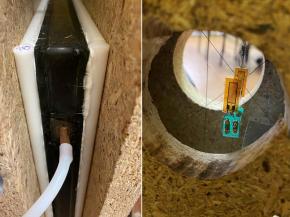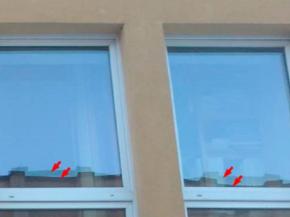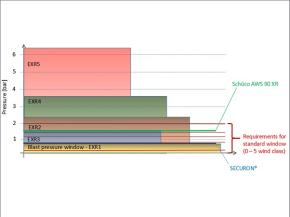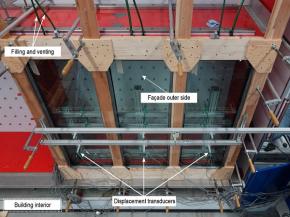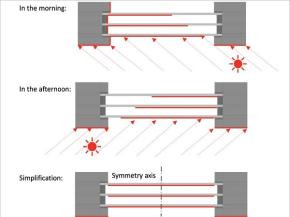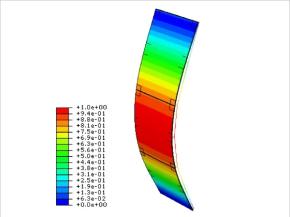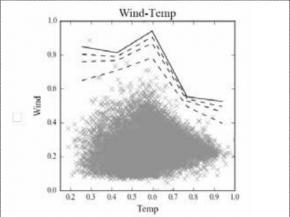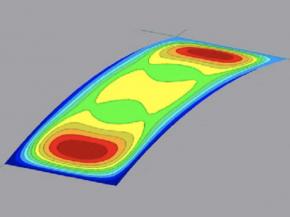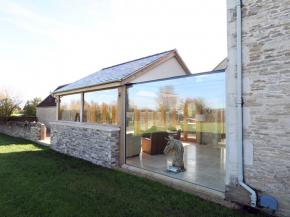Latest articles
| This article presents the results of an experimental campaign with a representative IGU sample.
| The tightness of the gap in insulating glass units is a necessary factor to maintain good thermal insulation of transparent glazing.
| In the article, the focus is on an overview of several norms, standards, and research that address the issue of resilience of window systems.
| This paper presents a study on the development of a bonded edge seal for fluid-filled insulating glass units.
| In the structural design of facade glazing, various types of loads such as dead weight, wind and climatic loads must be taken into account. In practice, however, there are many cases of damage that can be attributed to direct solar radiation.
| This paper discusses the structural response of cable-supported glass façades, through time history finite element (FE) analyses, under different wind action combinations.
| An Initial Study Towards Optimized Structural Assessment of Glass Components
| The aim of this paper is to identify and discuss challenges with the assumption that the SSG is isolated from the glass self-weight and provide a better understanding on the complexity of SSG systems.
| The simulation tool provides an accurate definition of the internal pressure, deflection and stress on glass panels and forces through the sealant silicone with a reduced pre-post and calculation time, being ideal for parametric studies.
| The high-tech, high strength glazing that covers today’s megatall buildings is as important to the building’s performance as the steel and concrete inside it.
| The term ‘Wind Load’ is used to refer to any pressures or forces that the wind exerts on a building or structure. There are actually three types of wind forces that would be exerted on a building.

